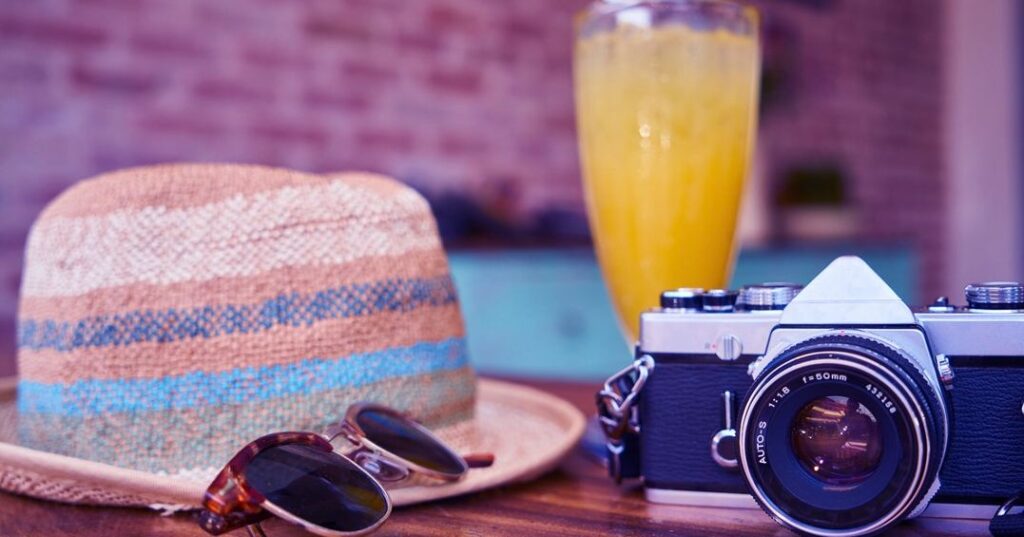Fashion is defined by its narratives. Fashion Promotion in strategy and technologically aims to convey the tales of fashion,’ both inform and inspire through an amusing look at the modern promotional practice within the fashion business, demonstrating how you might implement this to your potential future companies and initiatives. The subject of fashion promotion delves into the critical issues and primary purpose of fashion promotion, such as fashion filmmaking, the democratization of the fashion show, effective brand alliances, magazine covers, celebrity endorsement, cataloging the fashion venue, marketing, corporate communications, and outreach monitoring and implementation. It also delves into the major technology, events, and actions that influence each practice.
Students can check out fashion promotion courses offered by diverse universities worldwide to kick-start their careers in this domain. Fashion filmmaking is the amalgamation of the film and fashion industry which eventually lead to its standalone genre. The fashion film’s emergence was facilitated in addition by digital generation and delivery technology, which gave rise to diverse platforms as well as the promotion of companies and independent designers contributing moving photos online. As a result, this idea in the subject has generally characterized the phenomena as online clothing advertising using storytelling and digital moving visuals.
It is natural to generalize from the data and regard fashion cinema as merely an expansion of fashion photography, quoting experimental and traditional styles in moving pictures in the same way that fashion photography engages with other types of visual arts. Fashion photographers were responsible for many of the genres of their early experimentation. It is impossible to deny that fashion photography and cinema share a common topic and swing between the observed behaviors of customers of fashion objects or designs. They are more intrigued by the novelistic interpretations of fashion creatives and filmmakers. On the other hand, photography is permanently tied to a preserved lifeless existence of the fashion industry, in comparison to fashion film’s ever-changing, ubiquitous, renewed, and ultimately dynamic live presence as moving pictures online.
Fashion was predominantly accessible through publications and films, making it impossible for buyers to distinguish the designer or brand. Also, fashion documentaries are now focusing on costume designers, explaining the creative process as well as advertising businesses. Fashion films, specifically are used in conjunction with runway events to present new designs or fashion lines to consumers all over the world. The bulk of customers is unable to visit runway events in top fashion capitals like London and Paris. As a result, fashion films may reach a considerably larger audience than runway presentations.
Fashion and film are intertwined with economic, institutional, and even political significance. Brands and designers may utilize fashion film in a variety of productive ways. For example, visual merchandising strategies are crucial in the fashion industry. Fashion films are thus used to attract customer attention through storefront windows and displays, including TV commercials and virtual billboards. Similarly, companies may now achieve awareness in the digital realm via a variety of online venues.
The future of fashion filmmaking is promising, owing to emerging talent and inventive media utilization. Multiple fashion film festivals are held each year to showcase films centered on the theme of fashion and cinema, providing filmmakers, artists, and cinema enthusiasts with the opportunity to see a variety of landmark films.




